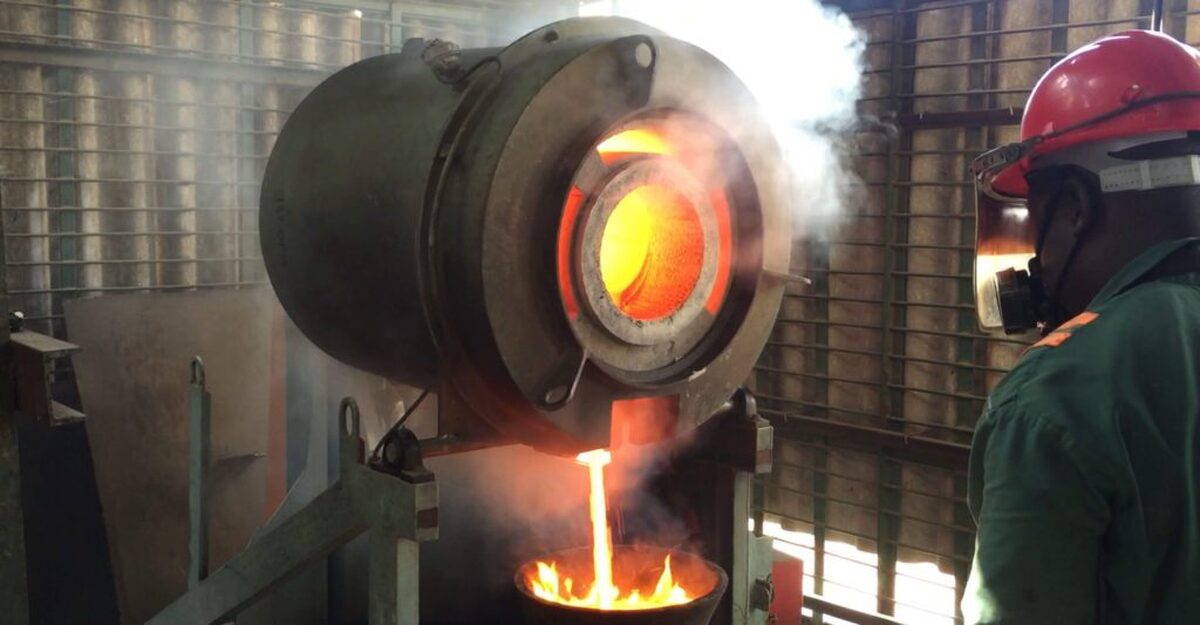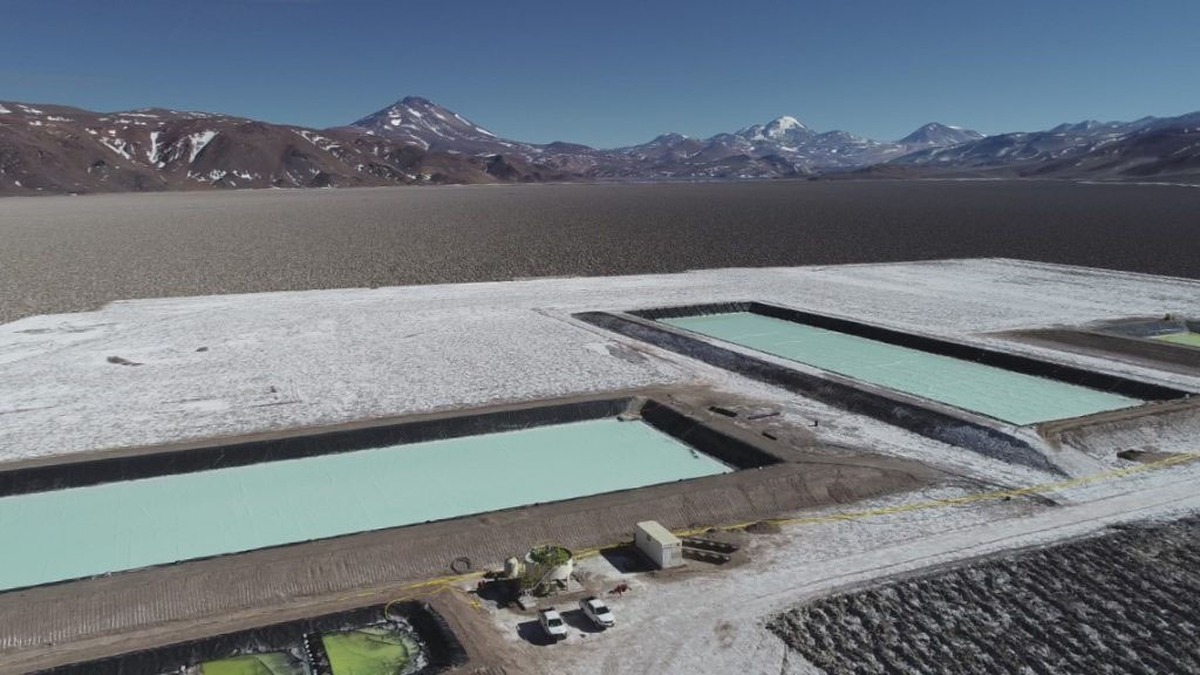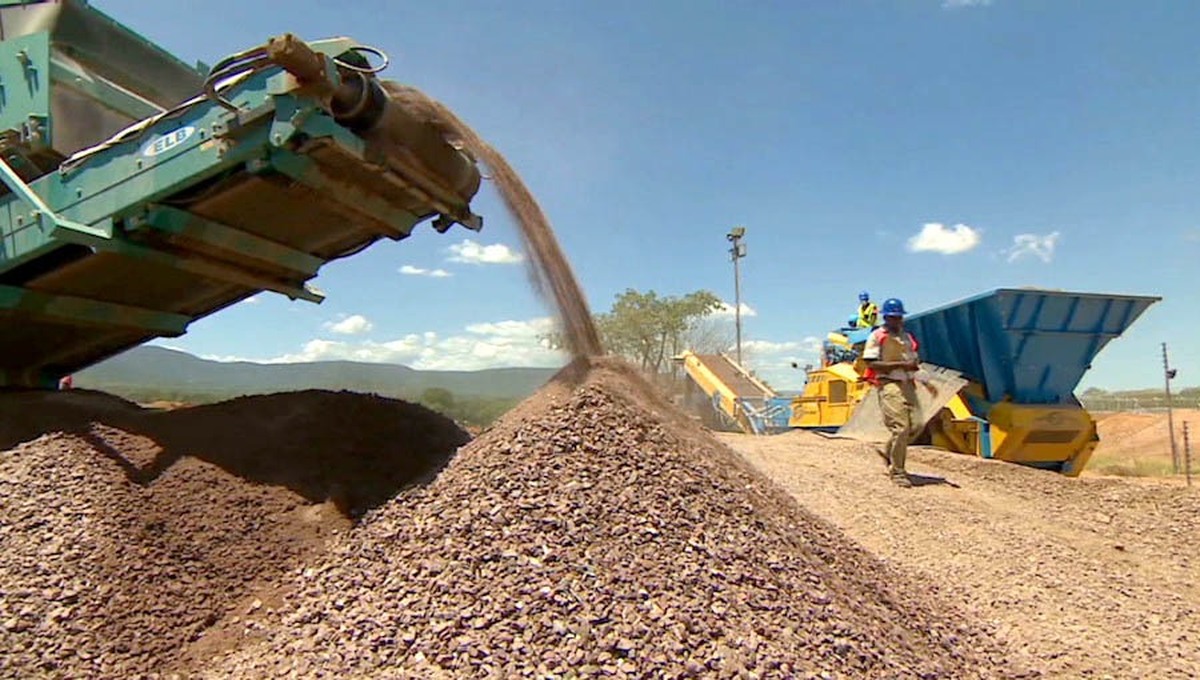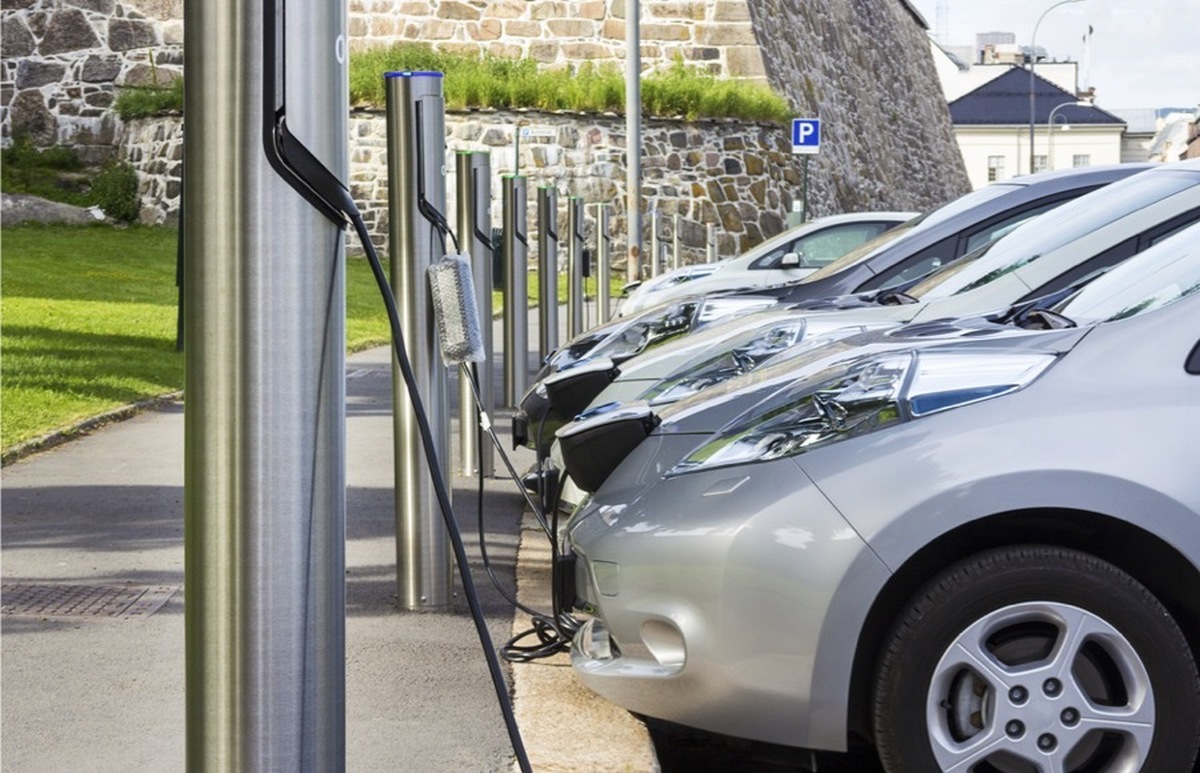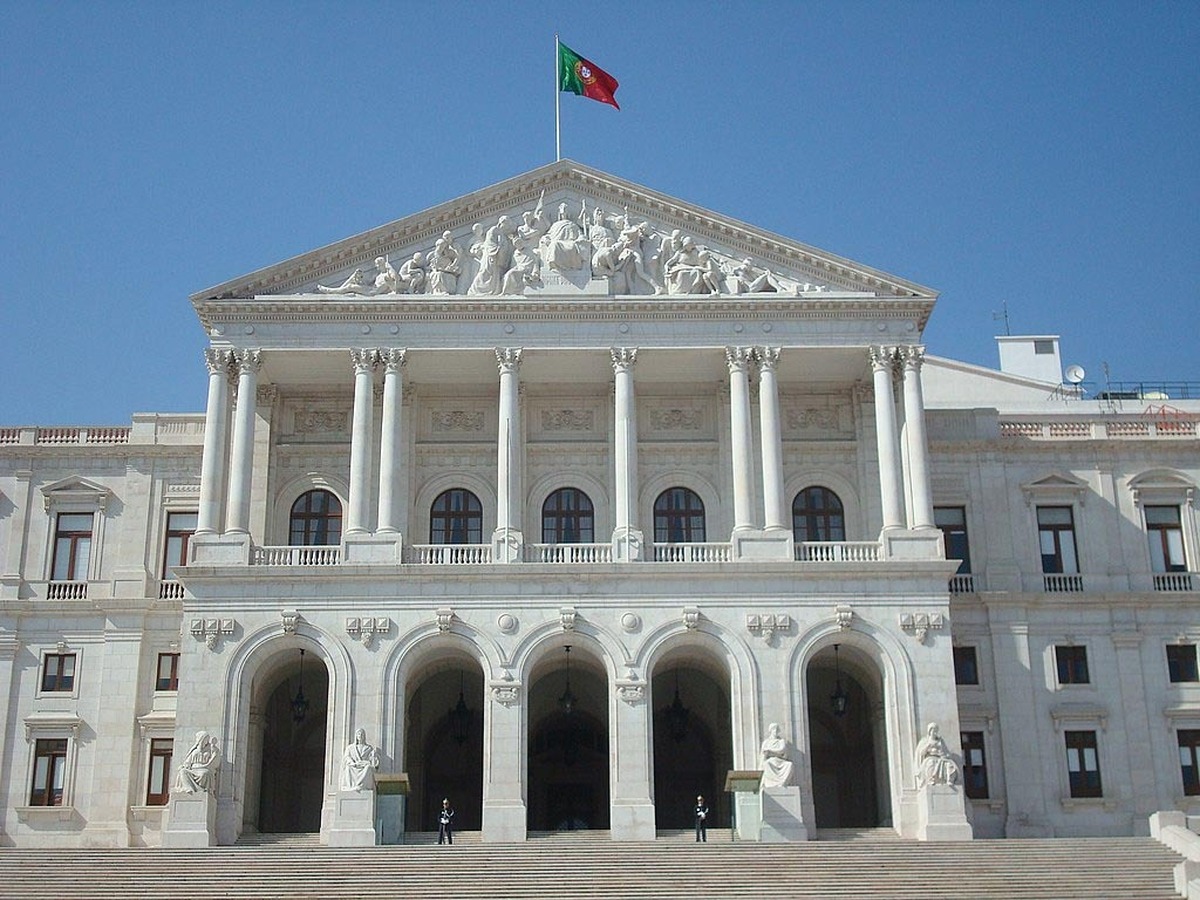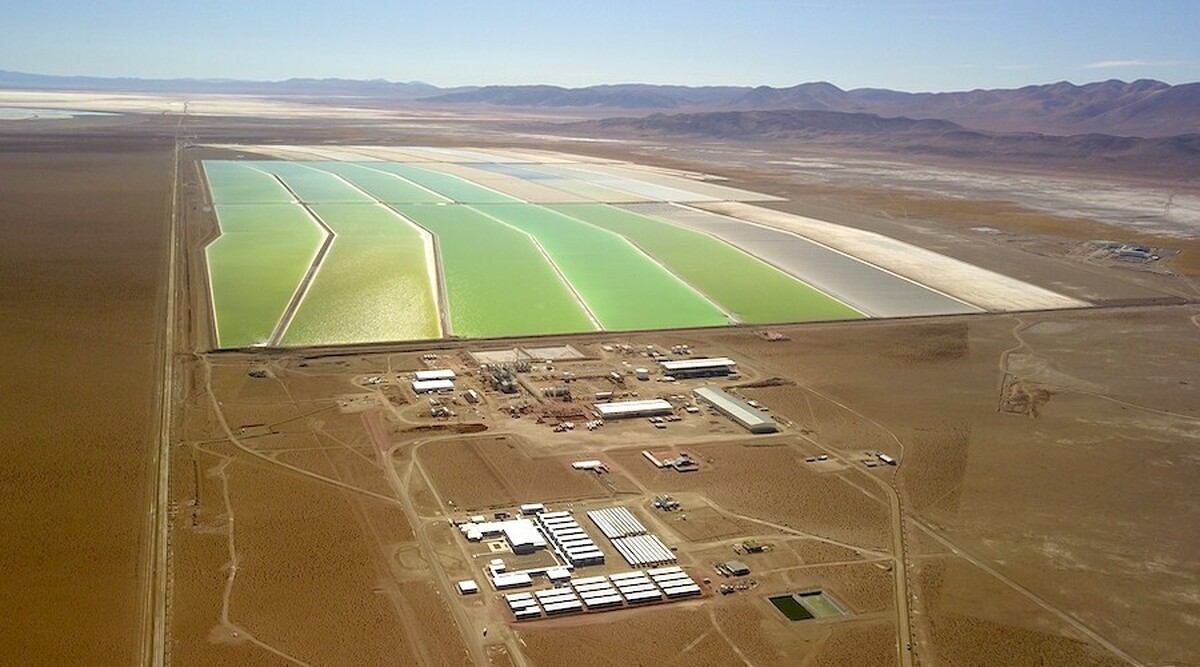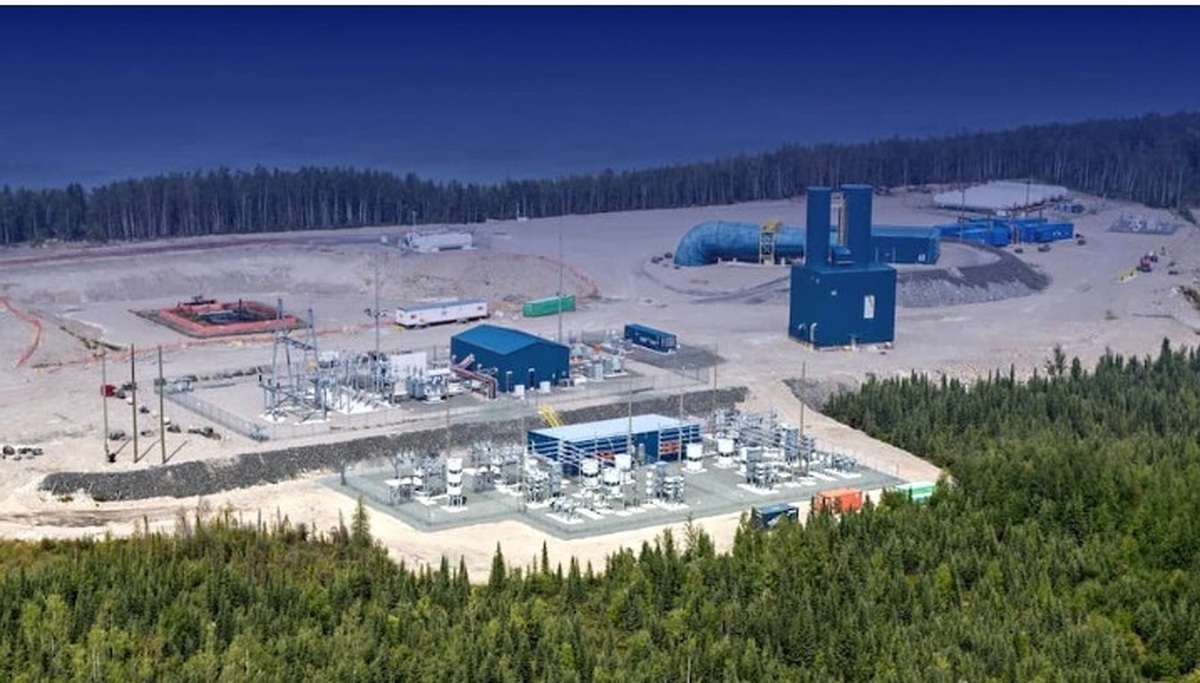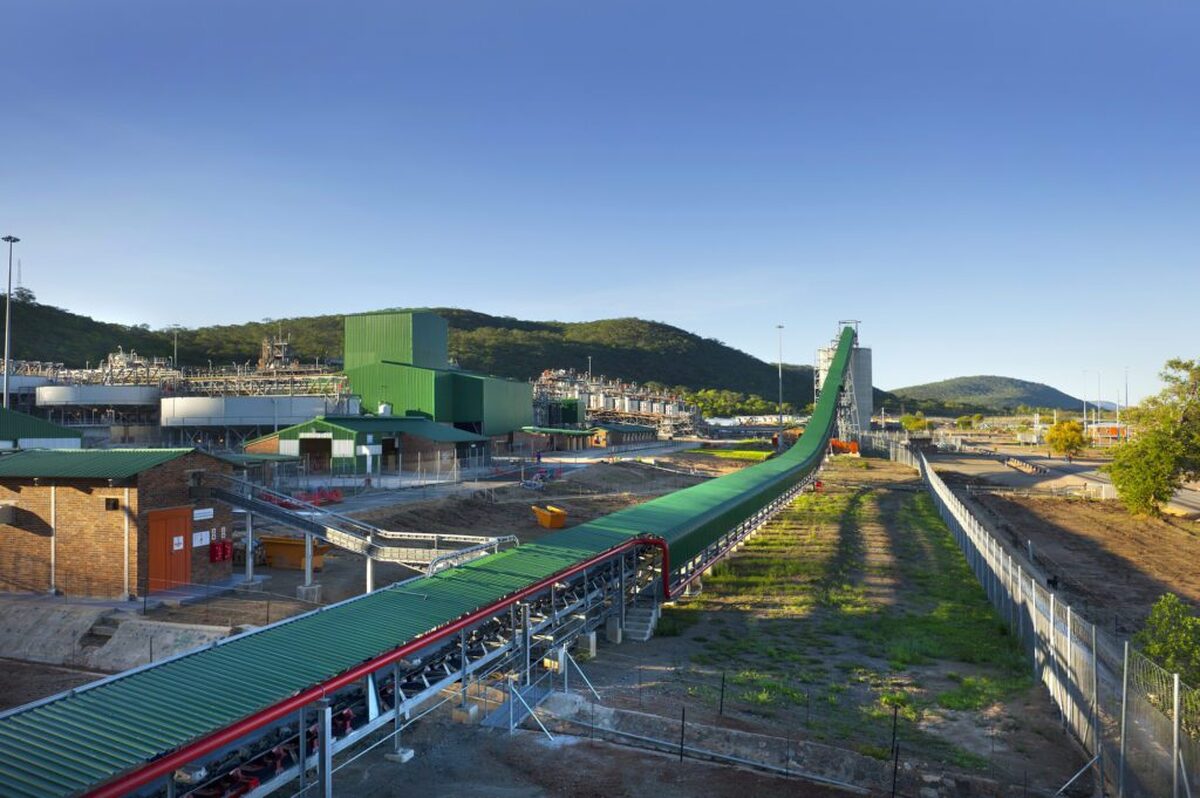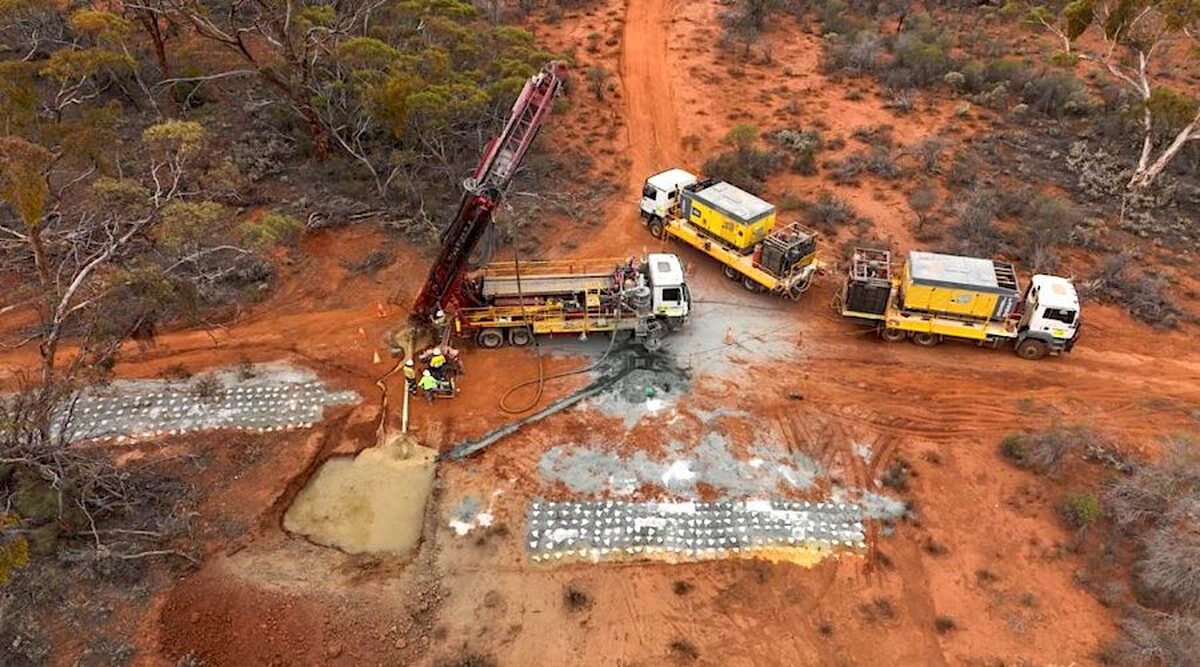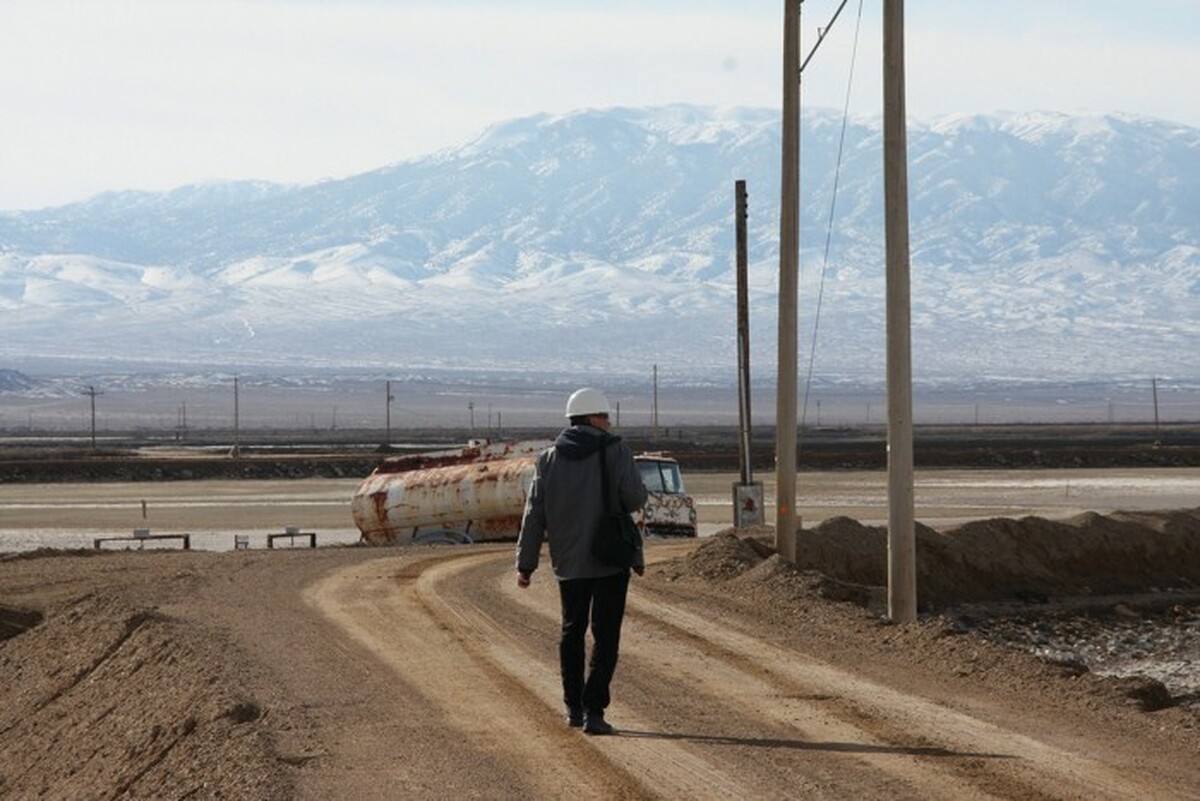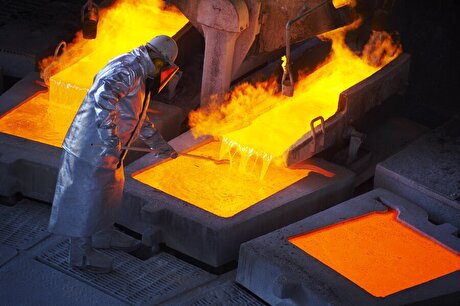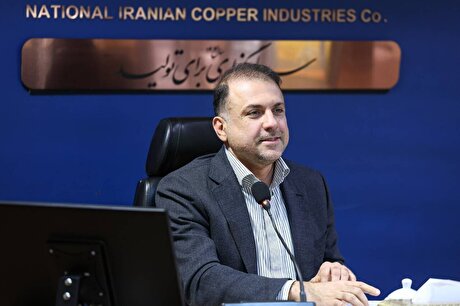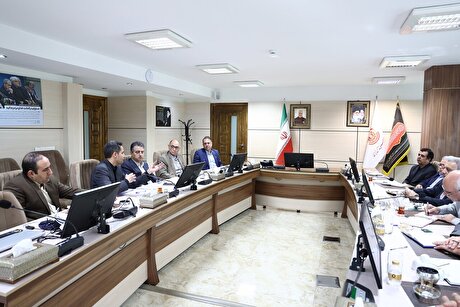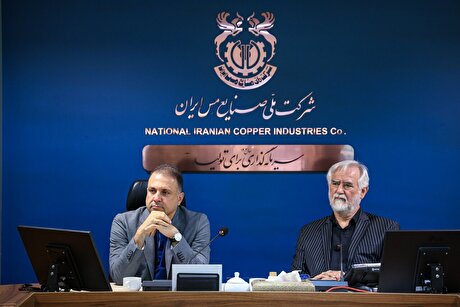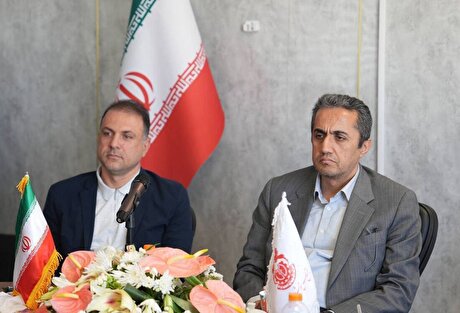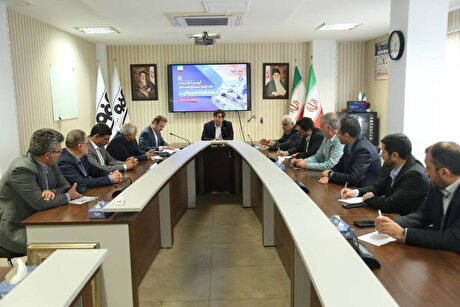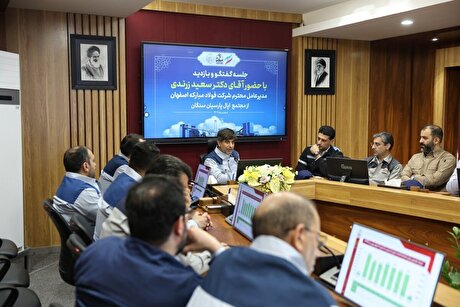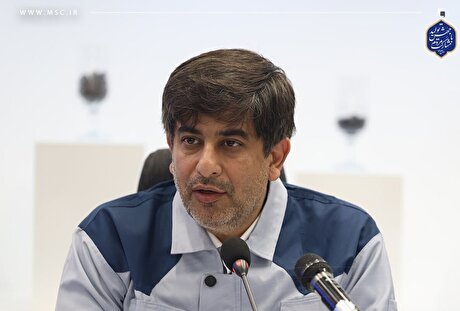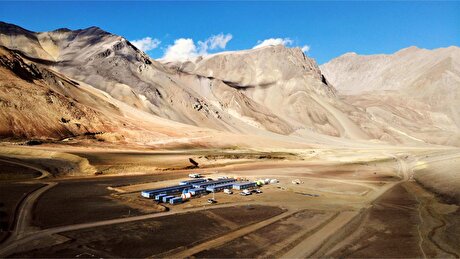
Zimbabwe lithium miners want royalties to be linked to prices
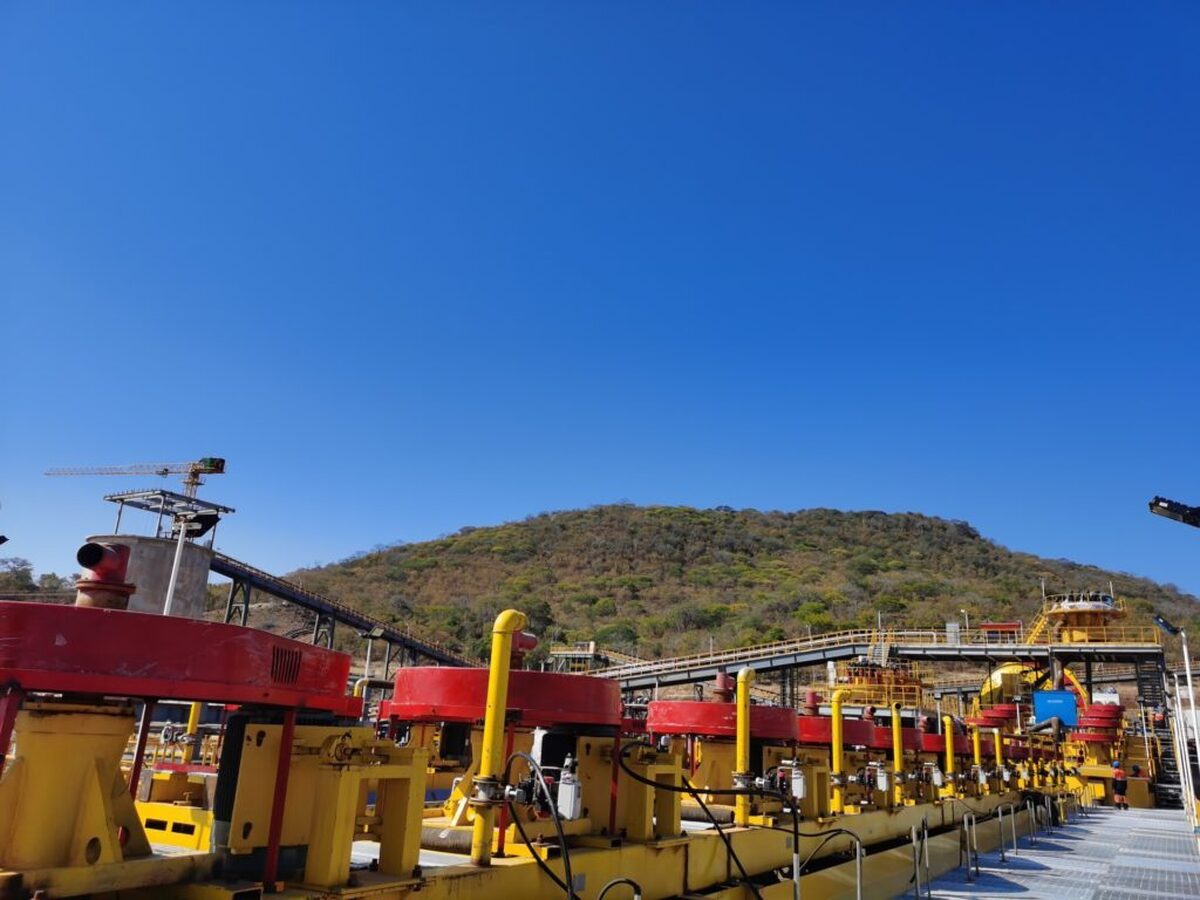
According to me-metals cited from mining.com, That will ensure “the government captures a higher share of revenue when lithium prices are high, while providing relief when prices drop,” the miners said in proposals forwarded by the Chamber of Mines to Zimbabwe’s Ministry of Finance.
The battery metal has slumped from a peak in late 2022 amid oversupply and weak demand from the electric vehicle sector. That’s coincided with the imposition of higher royalties in Zimbabwe, while projects operated by companies including China’s Chengxin Lithium Group Co. and Sinomine Resource Group Co. are relatively new.
“They are still facing huge start-up costs and are yet to recoup their investments,” the chamber said. “The high royalty has a huge impact on their top line, thereby compromising on the viability of lithium projects.
Zimbabwe’s mining sector has lost $500 million of potential revenue due to output losses from power outages, the chamber said.
During the first half of the year, the country’s mineral earnings fell 1.1% to $2.6 billion, it added. Gold output declined 3%, while production of platinum group metals dropped 1%. Lithium output slumped 9%.
Other recommendations by Chamber of Mines:
For the platinum sector, it proposed a price-linked royalty of 3.5% up to $1,100 an ounce, rising to 5% for $1,100-$1,400, 7% for $1,400-$2,000 and 8.5% for price above $2,000 an ounce.Mining companies want the minimum retention of foreign currency earnings to be increased to 85% from current 75%.Miners are seeking a power tariff of around US9c/KWh compared with current USc14.21/KWh, and peak tariff of around USc19/KWh, which they say is unaffordable.
source: mining.com

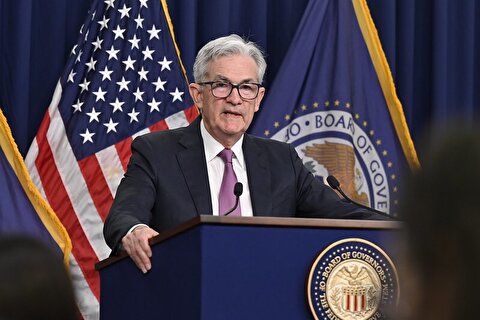
Gold price edges up as market awaits Fed minutes, Powell speech
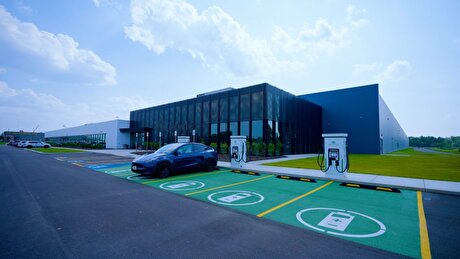
Glencore trader who led ill-fated battery recycling push to exit
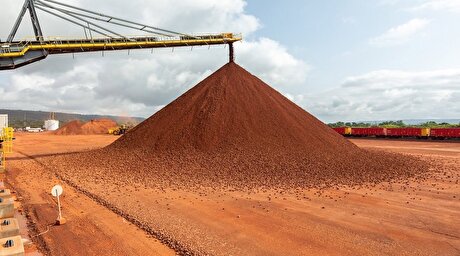
Emirates Global Aluminium unit to exit Guinea after mine seized
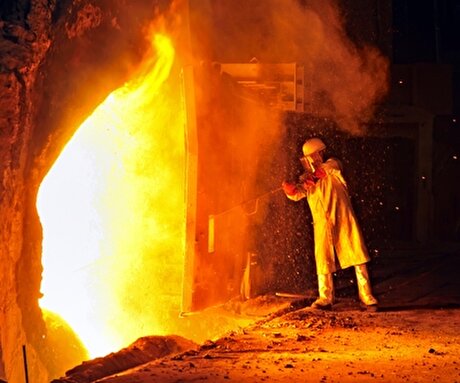
Iron ore price dips on China blast furnace cuts, US trade restrictions

Roshel, Swebor partner to produce ballistic-grade steel in Canada
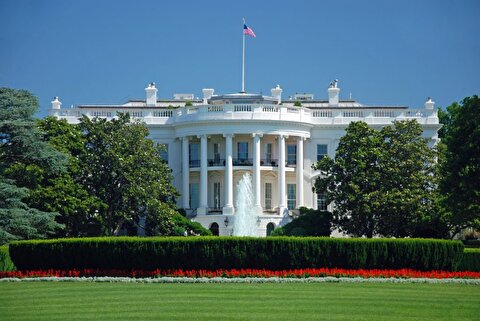
Trump weighs using $2 billion in CHIPS Act funding for critical minerals

US hikes steel, aluminum tariffs on imported wind turbines, cranes, railcars

EverMetal launches US-based critical metals recycling platform

Afghanistan says China seeks its participation in Belt and Road Initiative
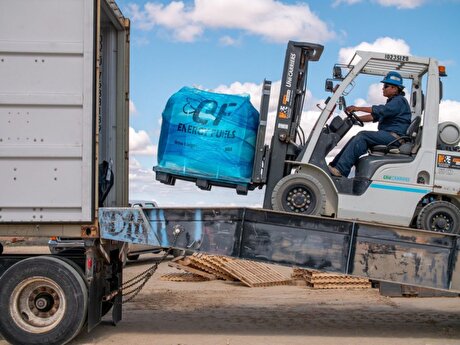
Energy Fuels soars on Vulcan Elements partnership

Northern Dynasty sticks to proposal in battle to lift Pebble mine veto
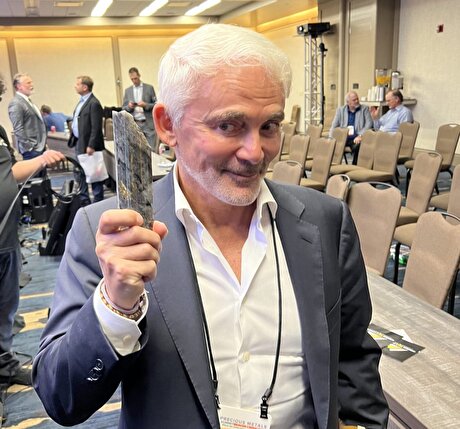
Giustra-backed mining firm teams up with informal miners in Colombia

Critical Metals signs agreement to supply rare earth to US government-funded facility

China extends rare earth controls to imported material

Galan Lithium proceeds with $13M financing for Argentina project
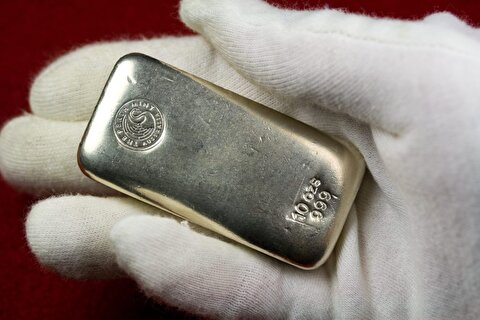
Silver price touches $39 as market weighs rate cut outlook
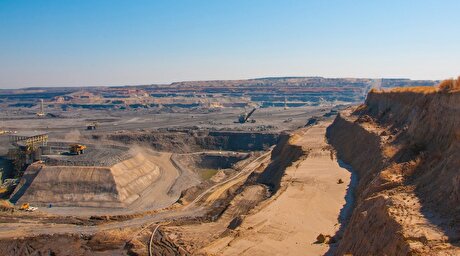
First Quantum drops plan to sell stakes in Zambia copper mines

Ivanhoe advances Kamoa dewatering plan, plans forecasts

Texas factory gives Chinese copper firm an edge in tariff war

Energy Fuels soars on Vulcan Elements partnership

Northern Dynasty sticks to proposal in battle to lift Pebble mine veto

Giustra-backed mining firm teams up with informal miners in Colombia

Critical Metals signs agreement to supply rare earth to US government-funded facility

China extends rare earth controls to imported material

Galan Lithium proceeds with $13M financing for Argentina project

Silver price touches $39 as market weighs rate cut outlook

First Quantum drops plan to sell stakes in Zambia copper mines

Ivanhoe advances Kamoa dewatering plan, plans forecasts

